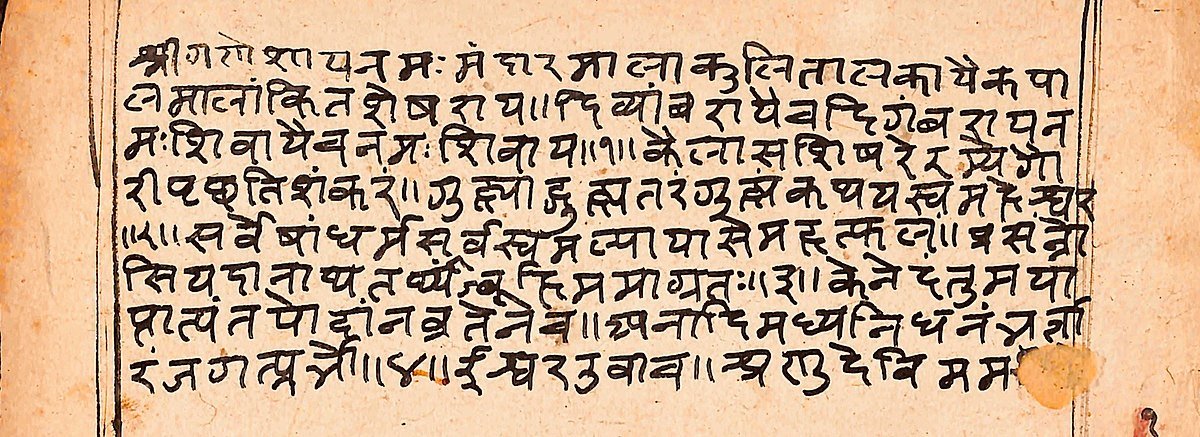Padma Purana with meaning
Padma Purana

The Padma Purana is one of the eighteen major Mahapuranas in Hinduism and holds a prominent place among the sacred texts of ancient Indian literature. Written in Sanskrit, it is a vast compendium of mythological narratives, religious rituals, theology, legends, geography, and ethical teachings. Its composition is believed to have taken place over several centuries, possibly between the 4th and 15th centuries CE, with layers added by different authors in different regions. The name “Padma” (meaning lotus) refers to the lotus that emerges from the navel of Lord Vishnu, symbolizing the birth of the universe.
Traditionally, the Padma Purana is attributed to the sage Vyasa, who is credited with compiling all the Puranas. It consists of over 50,000 verses, making it one of the longest Puranas, and is divided into five major sections or khandas: Srishti Khanda (Creation), Bhumi Khanda (The Earth), Svarga Khanda (Heaven), Patala Khanda (The Netherworld), and Uttara Khanda (The Later Section). Each khanda deals with different themes and serves different religious and spiritual purposes.
The Srishti Khanda elaborates on the creation of the universe, the nature of time, and the stories of various gods and sages. It presents a cyclical view of time through the concept of yugas (ages) and describes the roles of Brahma, Vishnu, and Shiva in cosmic maintenance and destruction.




















































